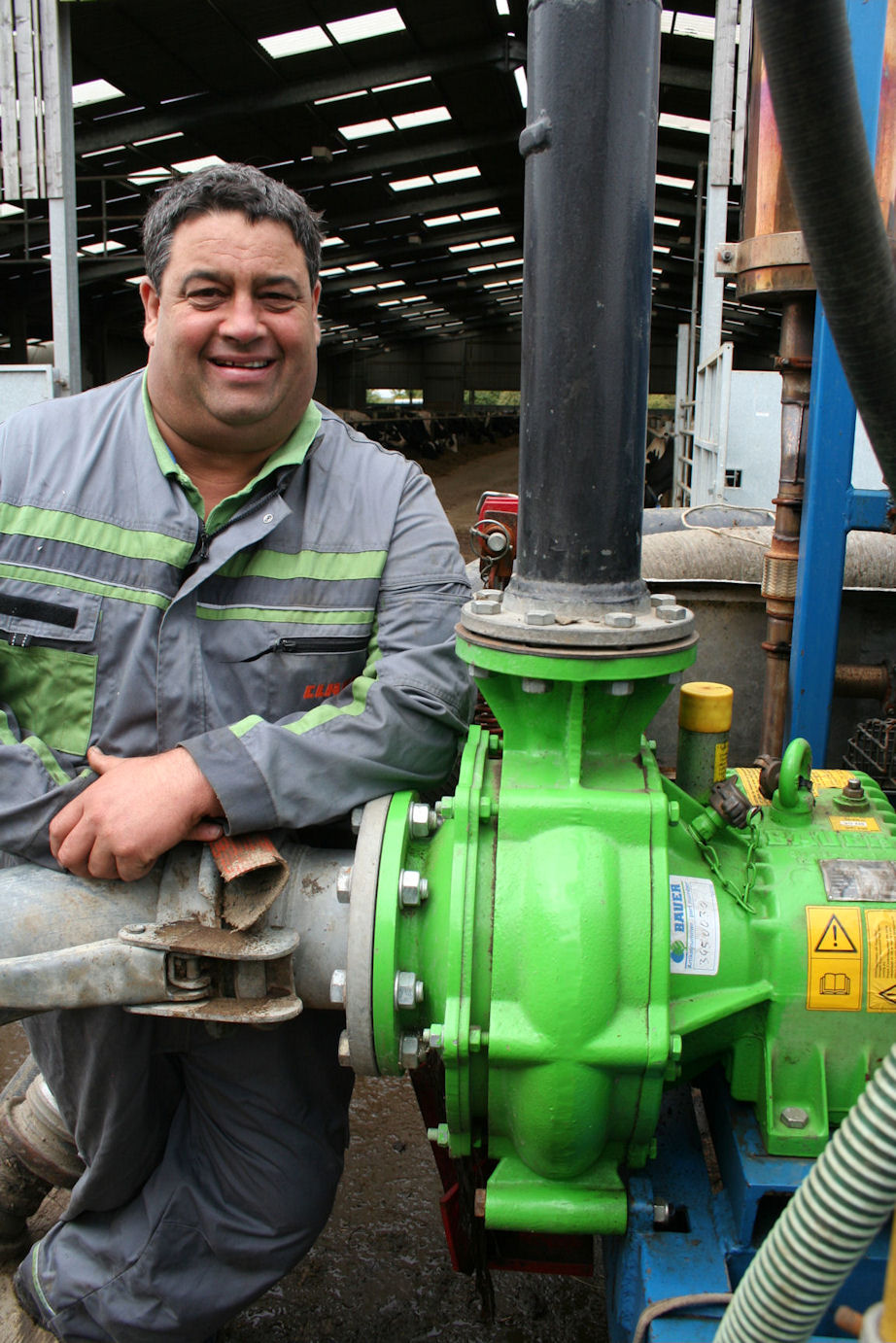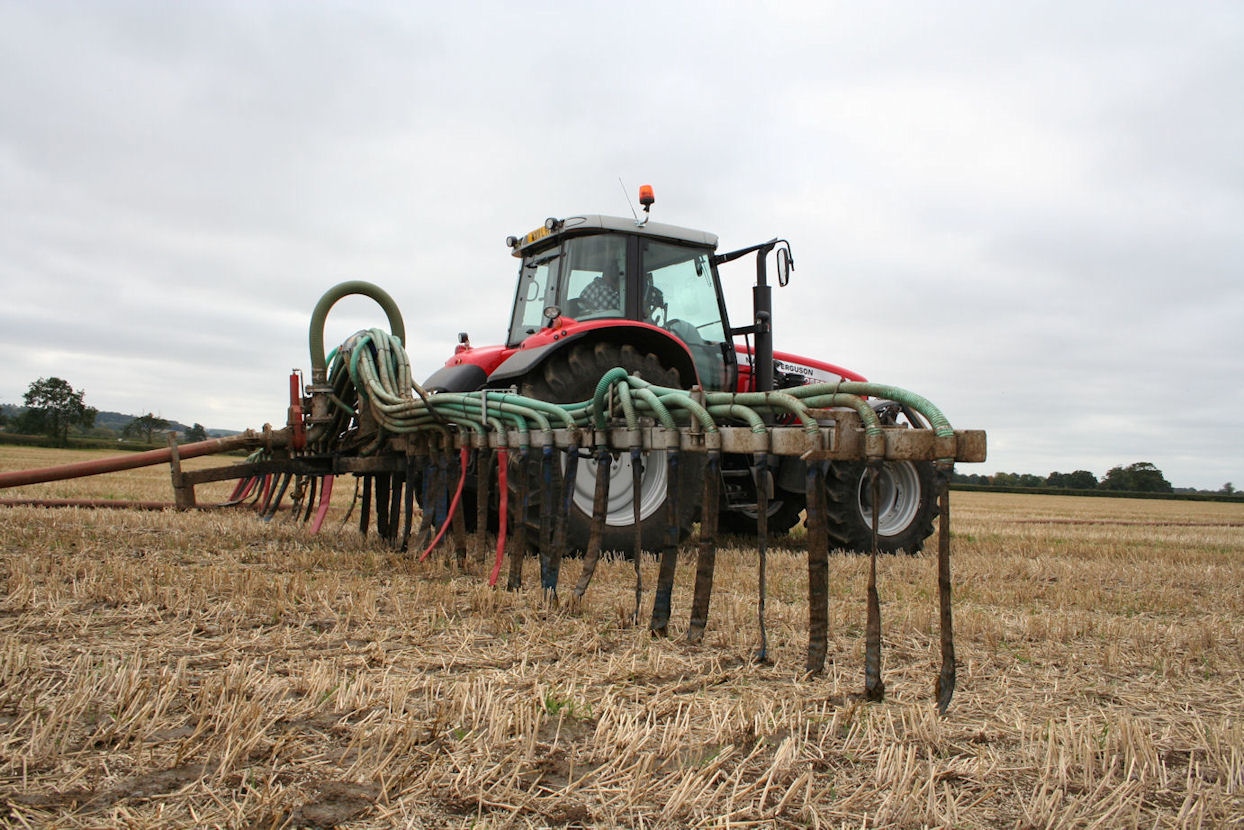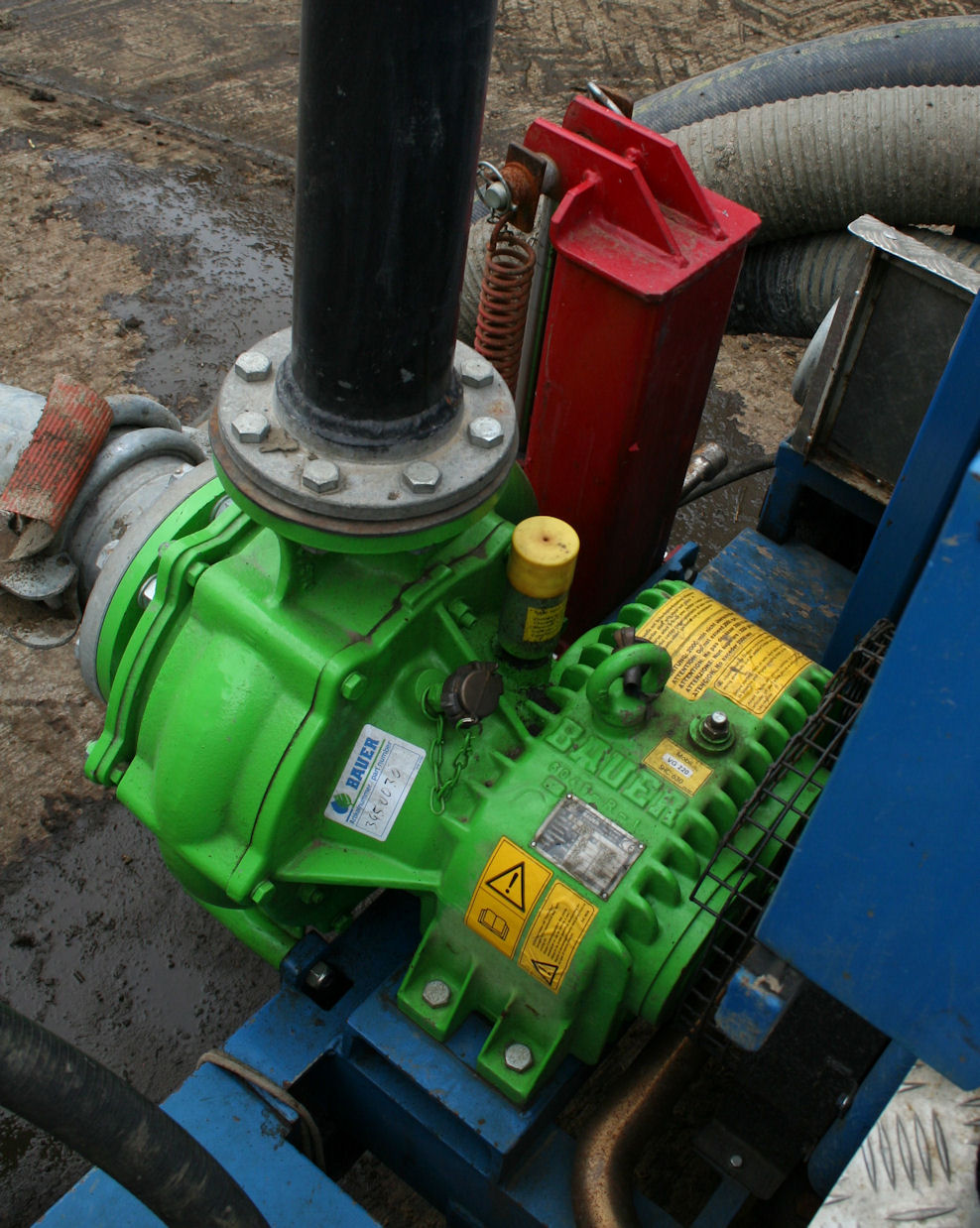
A specialist in field application of farm slurry and biogas plant digestate has appealed to farmers to involve their contractor when planning new or upgraded facilities. Wilts-based contractor Paul Joseph wants to ensure that access to stores and hose routes for umbilical spreading are taken into consideration.
"Having good access to storage facilities for slurry, dirty water and solids helps us do an efficient job with high capacity machinery," he explains. "We also like culverts or piped road crossings for umbilical pipework but they need to be in the right place and big enough to handle the pumping rates we can achieve."
Improving operational efficiency is an important goal for contractors working in this field because it is one of the few ways that profitability can be maintained from modest charges and thin margins. As operating costs such as wages and fuel continue to rise they have to be offset by increased daily spreading volumes.
But operating efficiency can be hampered by narrow, bumpy access tracks, tight turns and narrow gateways. A piped road crossing of limited size will restrict the capacity of the contractor’s entire umbilical application system.

"A former customer once very proudly told me he’d put in road crossings for the feeder hoses of my umbilical system, Mr Joseph recalls. But they weren’t in the best place and they weren’t big enough, which was very frustrating. It’s a good idea to put these things in but, please, consult your contractor first."
Application choice
Paul Joseph runs different types of slurry and digestate application equipment from his base at Wanborough near Swindon to suit individual circumstances and customer preferences.
"We have a 16cu m vacuum tanker for smaller paddock applications and for spreading slurry to distant locations where we can’t pump for some reason perhaps because there’s a major road in the way, he points out. We also run three umbilical teams for biogas plant digestate and liquid separated from slurry, with a splash plate, 6m trailing shoe and 12m drop tube/dribble bar applicators."

GPS light-bar guidance helps to accurately match bouts for even coverage and an electronic flow meter ensures material is applied at the correct application rate and within Nitrate Vulnerable Zone limits where necessary.
The heart of each system is a trailer-based pumping set built around a Bauer Magnum SX2000 centrifugal pump. Powered by a V8 diesel engine, the pump extracts liquid from store and sends it on its way across fields to application sites that can be up to two miles away.
"Having a reliable pump with plenty of capacity is essential to get the best performance from the whole system, says Paul Joseph. We are pumping 140cu m per hour using 127mm (5in) pipe and the 12m applicator, with a tractor-mounted Magnum pump added part way as a booster on long runs."
Although the booster pump has to be manned, remote radio control is used to operate the master pump.
"Any pump needs to be looked after and the Bauer units have been so reliable over the years we feel comfortable operating them remotely,†Mr Joseph says. "We’ve tried different pumps at times but have always come back to the Bauer Magnum units they’re tough, hard-wearing and need very little routine attention.
"Another pump we tried had to be adjusted every week to maintain its performance, he adds. I don’t have to adjust the Bauer Magnum SX pumps more than once every six months that’s a great saving in time and trouble.
Improved specification
The Magnum SX series pumps have a number of significant improvements over the SM series they replaced. Back vanes on the cast impeller keep the enlarged seal area free of debris and turbulence inside the impeller housing has been reduced by eliminating internal bolt heads.
Four cast iron legs on the spur gear housing make it easier to mount the complete assembly securely in the correct location, while the increased number of splines on the 32mm drive shaft provides a high input power rating.
There are three models SX1000 tractor-mounted, SX2000 engine-driven and SX2600 electric motor-driven all capable of handling up to 12% solids thanks to an effective chopping action.
Auto pressure regulation and self-priming are options but Paul Joseph has installed a small petrol engine-driven vacuum pump to prime the main unit on his latest pumping trailer.
It also has racking to carry suction pipes and couplings, crossing ramps for use on farm tracks and a compressor to blow out the hoses at the end of each job, he adds. The trailer runs on a sprung axle and the long drawbar enables us to tow it behind a tractor with the applicator still on the three-point linkage.
Customer advantages
This specialist equipment feeds the applicator and although surface spreading from a low trajectory splash plate machine is attractive to contractors because it covers the ground quickly, Mr Joseph recognises the advantages to customers of using dribble bar and trailing shoe applicators.
“Other than injecting, placing slurry gently on the surface using our 12m dribble bar is the best way to minimise nitrogen loss and after two or three injector applications the sward tends to look a bit cut up so we’re not keen on that technique, he says.
Surface-applied slurry is readily absorbed on a well-structured soil leaving very little contamination of the sward; cattle will happily graze again within a few days,†Mr Joseph points out. We’ve seen little difference between dribble bar and trailing shoe application, so I’m adding a second 12m dribble bar unit to our service.
